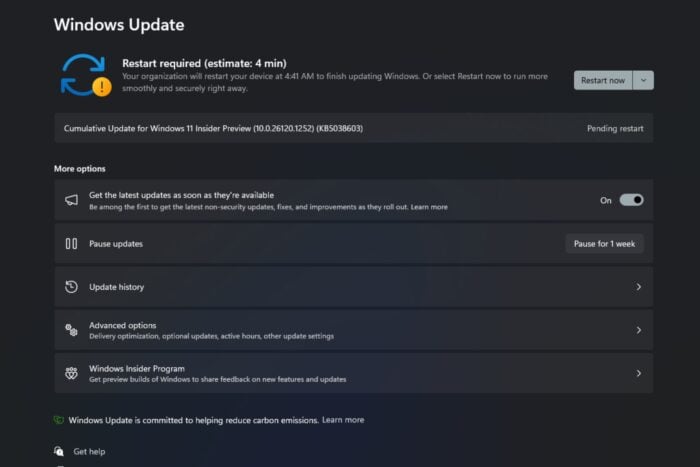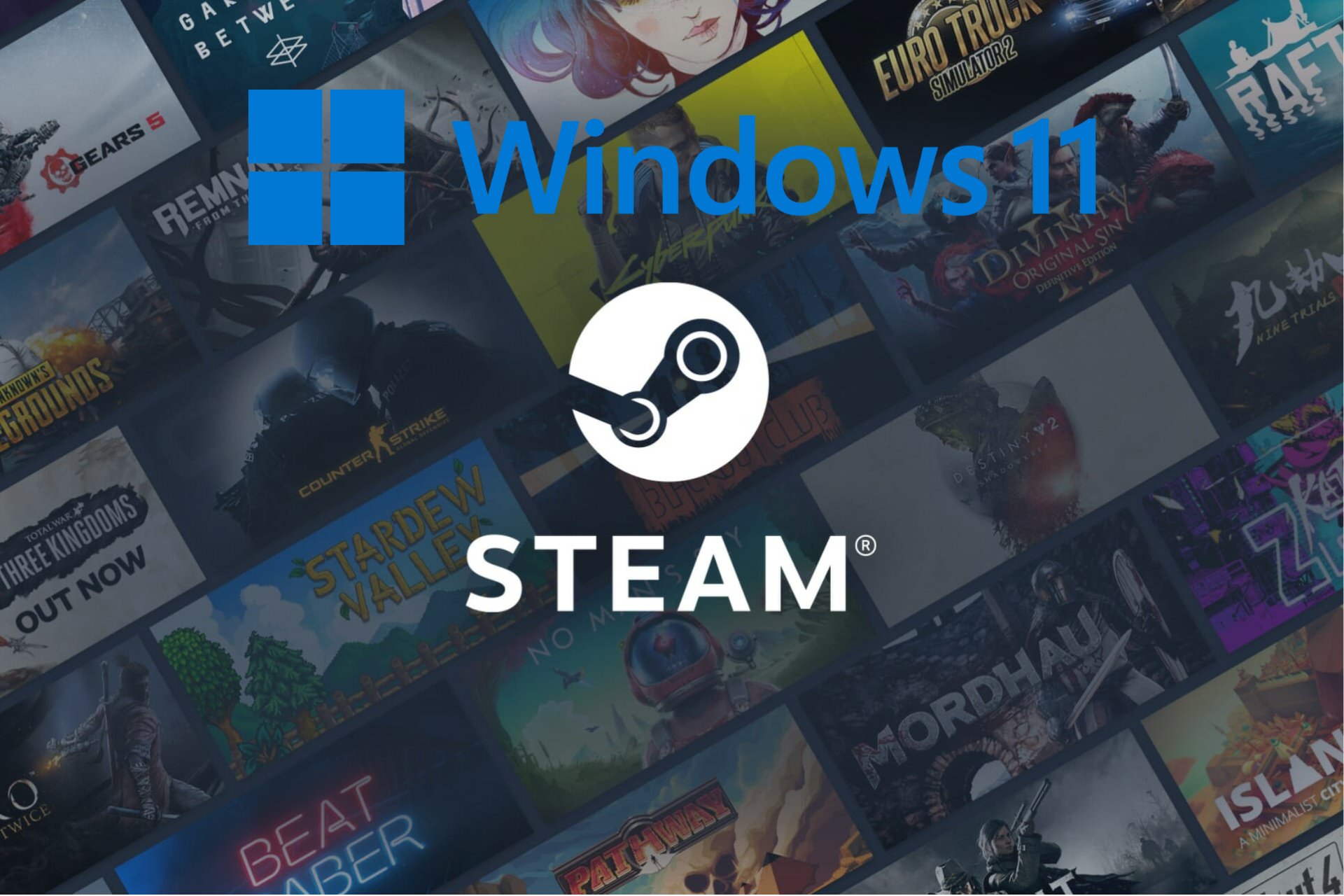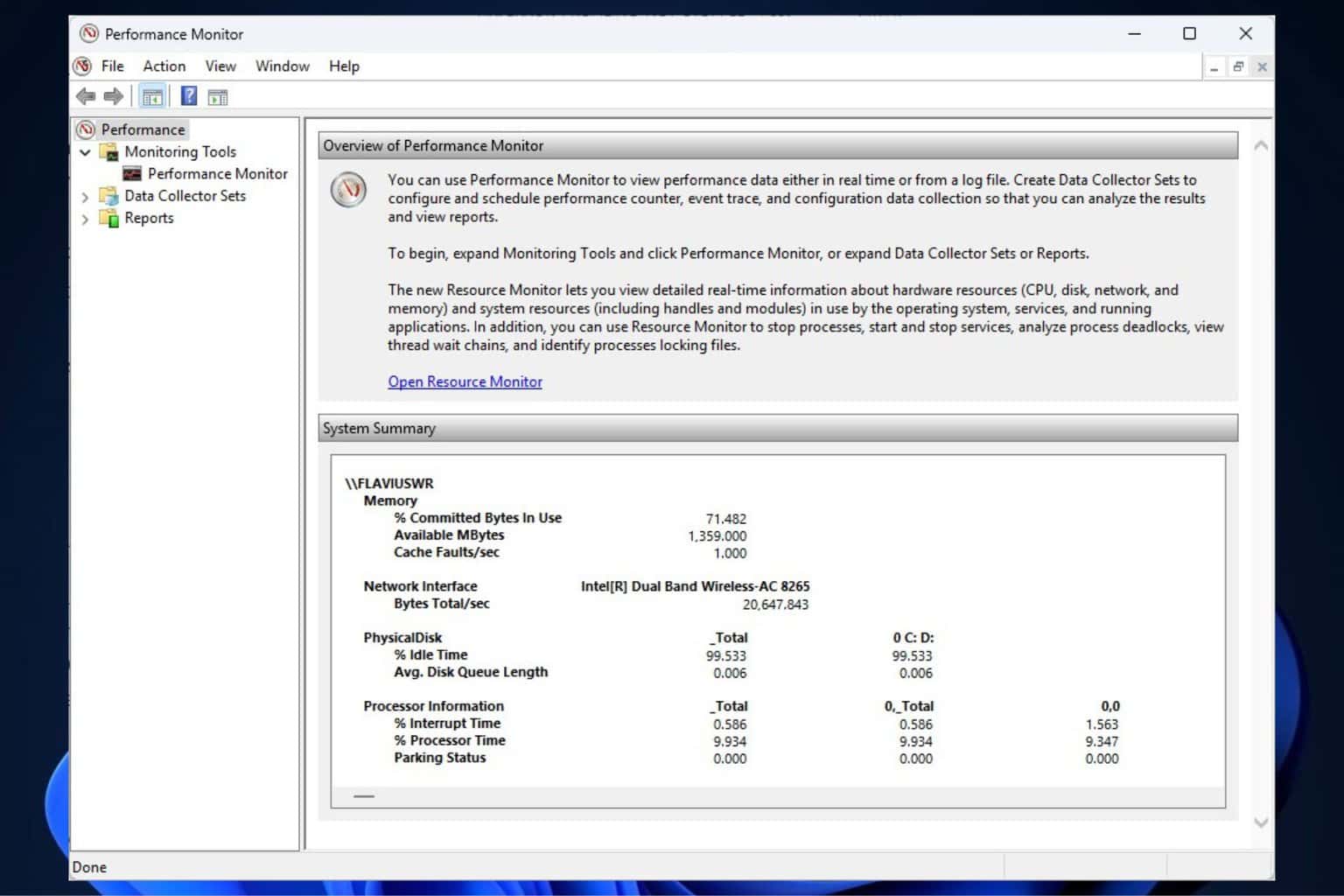Microsoft introduces the Checkpoint Cumulate Updates for Windows, a faster and more efficient updating process
The new option will impact all devices with Windows 11 24H2, and Windows Server 2025.
3 min. read
Published on
Read our disclosure page to find out how can you help Windows Report sustain the editorial team. Read more

In a significant announcement that will impact the tech community, Microsoft has unveiled a new update strategy for Windows 11, along with version 24H2 and Windows Server 2025. This fresh approach, named “checkpoint cumulative updates,” aims to streamline the update process—faster, more efficient, and less resource-heavy.
The central change in this update is how Microsoft packages its updates. Rather than using the usual method where each update adds to the previous one, resulting in a bigger and bigger download size over time, we now have checkpoint cumulative updates that aim to lessen the volume of updates. These upgrades only incorporate alterations from the last main “checkpoint” update. This means that you are solely getting the modifications made lately during system updating and not continually getting a bigger heap of updates each instance.
These are great changes for all who dislike the seemingly unending “Updating Windows” screen. Smaller updates imply faster download and installation times and less congestion on internet bandwidth and hard drive capacity. Picture yourself receiving the most recent characteristics and security improvements without waiting long for them to be incorporated. That’s the future Microsoft is promising with this change.
Microsoft’s new strategy also suggests a more sustainable method for distributing updates. With fewer data needing to be transferred per update, there is a possibility for a decrease in server load, which can lead to reduced energy needed in delivering updates across millions of devices worldwide. This benefits both users and the environment, improving performance and reducing carbon emissions.
We’re excited to further optimize the delivery of continuous innovation in Windows 11 with new checkpoint cumulative updates. As early as late 2024, you will automatically get this optimization on any devices running Windows 11, version 24H2 or later, as well as on Windows Server 2025. Keeping your organization updated and secure will involve smaller, faster, and more sustainable updates, with no action required from you.
Microsoft
This alteration is especially important for those who work in IT and system administration. The checkpoint cumulative updates will easily fit into the ongoing update handling processes. Whether you are relying on Windows Update, Windows Update for Business, Windows Autopatch, or Windows Server Update Services (WSUS), these updates will appear as any other update but will be more effective. There’s no extra work required on your part to start benefiting from these improvements.
For the technical part, Microsoft’s method involves making “incremental binary differentials” against the version of binaries in the previous checkpoint. This signifies that update packages are small because they only contain changes between your system’s present state and the new update—not a complete update package from the original release.
Microsoft has mentioned that Windows 11, version 24H2, is the first one to benefit from checkpoint cumulative updates, and Windows Server 2025 is the next one in line for this improvement. If you are excited about learning more about it, then check out the Windows Insider Preview Build 26120.1252 (Dev Channel) or the official blog post.
Microsoft’s step to present checkpoint cumulative updates shows a big jump in how Windows updates are given. Suppose you work as an IT professional handling hundreds of devices or want your computer to remain updated without any trouble. In that case, this change will make it easier to manage those devices.








User forum
0 messages